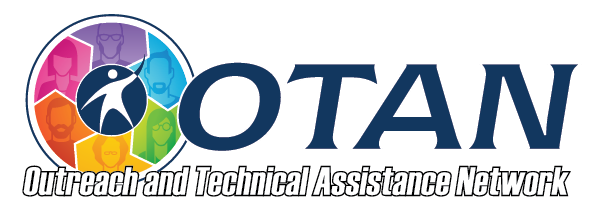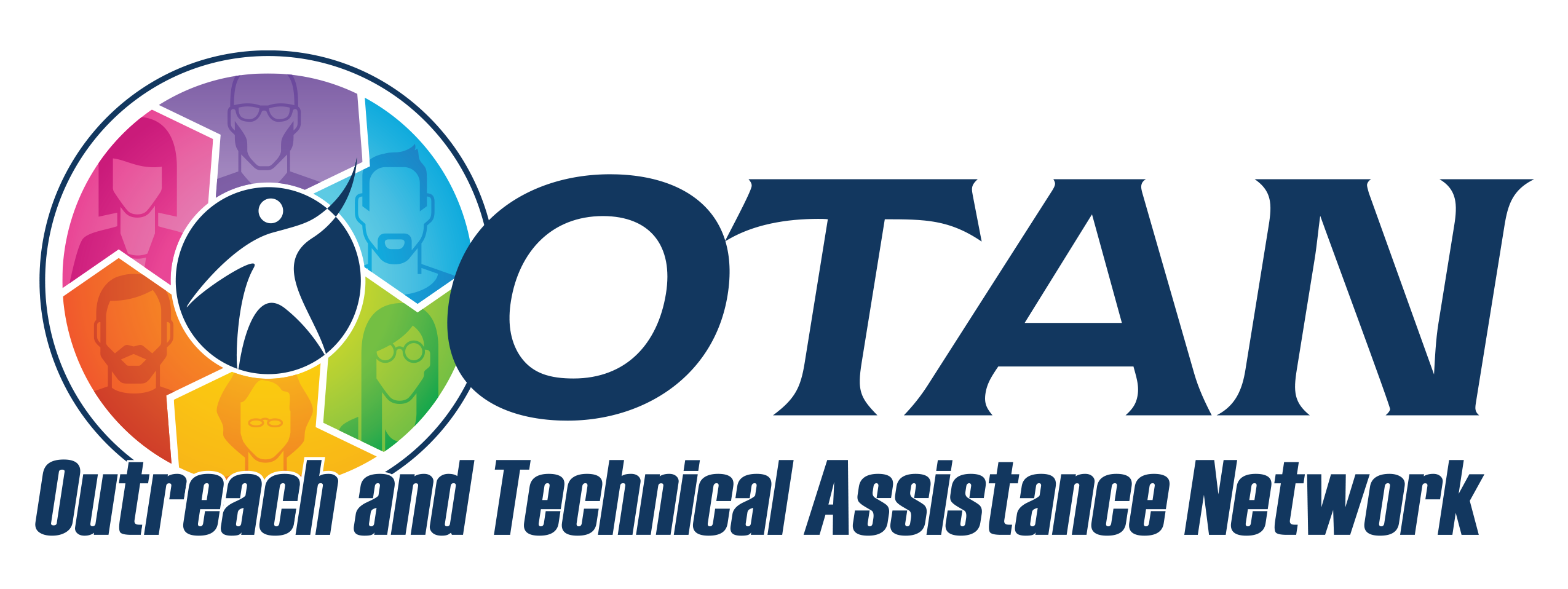OTAN News
Moving Forward with Blended Learning
 Image by Elf-Moondance from Pixabay
Image by Elf-Moondance from Pixabay
As we plan for a new school year, many adult educators are thinking about how to integrate blended learning – a mix of in-person and online instruction and learning – into their classes and programs, based on the lessons learned from remote instruction during COVID. Blended learning is ideal for our adult learners who have many family, work, and other obligations that often make 100% attendance in face-to-face classes difficult. Blended learning allows those learners the opportunity to continue their learning outside of class at times that are convenient for them, as well as support all learners with activities and resources that are available when the teacher is not there.
According to Catlin Tucker, "Blended learning is active, engaged learning online combined with active, engaged learning offline to give students more control over the time, place, pace, and path of their learning." You can learn more about Blended Learning: What It Is and What It Is Not in Catlin's article.
As adult educators consider what to integrate into their instruction in the coming months that will help blend the learning, take a look at these articles from other educators with things to consider as we move forward:
-
Reimagining Education: What to Keep/What to Ditch - Keep: Student choice in learning, student voice, time to prototype edtech tools, risk-taking, relationship-building, learning management systems, and flexible professional development, and toss: computer rooms/labs, banning student devices in class, and keeping ideas to ourselves.
-
Digital Teaching Gains: What Will We Keep? - Design instruction with your most struggling students in mind, increase teacher clarity for each lesson and learning activity, design every lesson to be straight forward and accessible from home and from the classroom, create pre- and post-recorded videos for your instruction, and check in with students regularly about how to better support their learning.
-
Going back to school face-to-face: 10 Tips - Offer lots of choice, utilize tech in new ways, use daily agendas and model procedures, build in breaks, and take a number of steps to build a strong classroom community.
If you need help with blended learning at your agency, please contact us at support@otan.us or call our office at 916-228-2580. We feel strongly that blended learning is the way to go – let us partner with you to make it happen!

